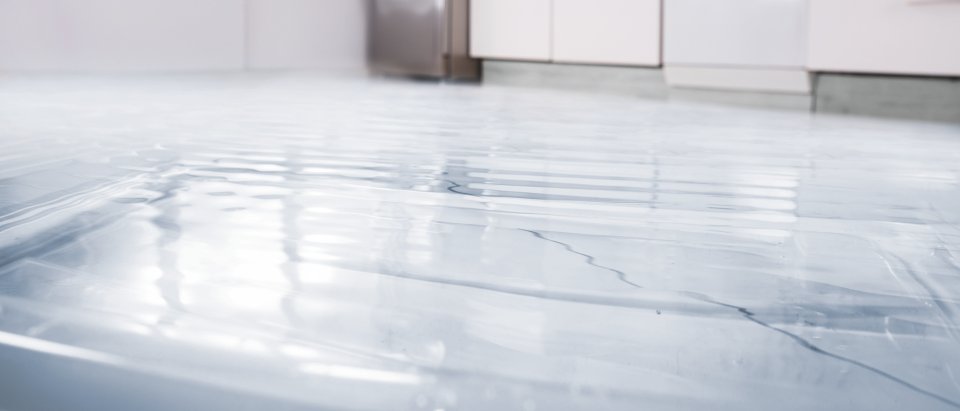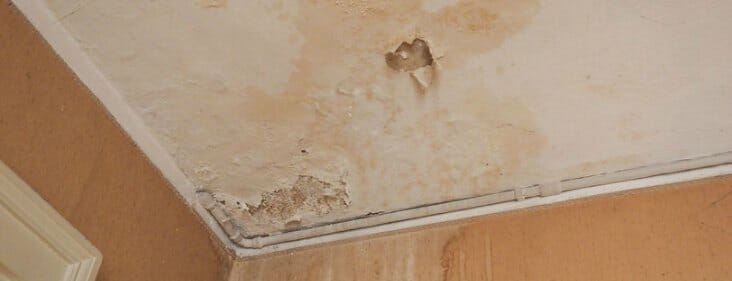How to Detect and Fix Leakages in the Bathroom: Key Insights
How to Detect and Fix Leakages in the Bathroom: Key Insights
Blog Article
This article in the next paragraphs involving How to Check for Bathroom Leaks is particularly compelling. Have a go and draw your own personal ideas.

Restroom leakages are annoying as they interrupt your day's strategy. They differ in extent relying on the source of the leak. Yet, you need to prioritize them, as they can quickly intensify. So, it is a relief that many shower room leakages are simple to take care of as well as identify, with very little expense implications.
Having a water leak in bathroom can be demanding to the property owner. The article offers as a "very first aid" when you require an emergency situation reaction to a water leakage in shower room.
Detection as well as Repair of Water Leakage in Restroom
Water leak in shower room frequently results from plumbing and pipeline faults. You might require a basic knowledge of these leakage types to identify the water leak in restroom.
Splash Leaks
These frequently result from water splashing on the bathroom flooring from the bath tub. It damages the restroom floor as well as may trigger rot to wood floors as well as bathroom doors.
What to Do
This bathroom leak is the easiest to repair. You only need to replace the drapes or recaulk the bathtub or shower. If the leak has harmed the shower room flooring or door, you may need to alter these to avoid more damage. Fortunately is that you can include a pipes specialist to aid with the washroom fixing.
Toilet Leaks
In some cases, water leakages from the bathroom as well as swimming pools around the commode base. It is an eye sore in the restroom as well as needs prompt focus. Sometimes, it results from a loosened link in between the container and the toilet. This causes water to drip from the cistern to the flooring. It may likewise result from splits in the toilet dish or a malfunctioning shut-off shutoff.
What to Do
You only require to tighten them if there are loose screws in between the tank as well as bathroom. Often you might require to reapply wax on the gasket or call a shower room leakage professional to change worn or broken parts.
Clogged Washroom Sinks
In some cases, the water leak in restroom results from sink blockages. This is commonly an annoyance to house owners as well as might be unpleasant. Clogs may result from the build-up of soap residue, hair fragments, or particles that obstruct the drain. It is simple to take care of clogs, as well as you may not need specialist abilities.
What to Do
You can use a drainpipe snake to get rid of the particles in the drain as well as let the stagnant water flow. Drain pipes cleaners are likewise offered in stores and also are easy to use. A bettor is additionally valuable in removing your drainpipe. It is a common family device and is available in helpful in getting rid of aggravating clogs in sinks and drains.
Conclusion
Water leakages in the washroom are avoidable events in the residence. Upkeep as well as regular checks help to maintain everything in good form. You can never be too cautious, as well as these occasions still take place. When they do, repair them without delay, or engage the services of a professional.
The article offers as a "first aid" when you require an emergency situation reaction to a water leak in restroom.
Water leakage in shower room generally results from pipes as well as pipeline faults. You might need a basic knowledge of these leakage types to find the water leak in bathroom. It harms the shower room floor and also may create rot to wooden floors and also restroom doors. In some cases, the water leakage in shower room results from sink clogs.
Tricks for Locating a Water Leak in Your Bathroom
Run a Test Using Your Water Meter
One of the clearest indications of a leak in your household is if there’s a sudden unexplained increase in the water bill. For the most part, your water usage shouldn’t change too much from month to month, so a sudden surge is a surefire warning sign.
For further evidence of a leak, Bob Vila recommends this simple test. First, "turn off all the water faucets in your home, and make sure the washing machine and dishwasher are not running." Go to your water meter and look over the reading. After two hours, see if there is a change in the reading. If there is, you've definitely got a leak on your hands and it may be coming from your bathroom!
Test The Toilet
Toilets are among the leading culprits when it comes to unexplained leaks. The rubber stopper (knowns as the flapper) that separates the tank from the bowl can become brittle over time, creating a leak. If you have a toilet that periodically runs on its own for a few seconds, this is probably why.
To confirm your suspicions, put a couple of drops of food coloring into the tank of the toilet. Return after a few minutes and check the bowl. If the dye has entered the bowl, then there’s a leak that should be repaired.
Check for Water Damage to The Walls and Ceilings
If you have a leak emanating from an upstairs bathroom, one of the first things you’ll notice is water damage on the ceiling of the room below. Watermarks and discoloration are clear indicators of leaks, but you might also notice flaking or peeling paint.
Remember: Water doesn't always follow predictable routes. So if you see water marks on the walls, those could also be the result of a leaky upstairs bathroom.
Be Aware of Musty Odors
When it comes to bathroom leaks, the nose often knows best. An undetected leak can go on for quite some time, resulting in the ideal conditions for mold and mildew. Mold has an unpleasant odor and is a sign that your home could be suffering from significant water damage. It’s also a health hazard, especially for those who suffer from respiratory illnesses and allergies, so it's important you have it remedied as quickly as you can.
Inspect Bathtub and Shower Seals
You might not see any leaks or notice any obvious signs of water damage, but it’s important that you look for gaps between the seals surrounding your shower, bathtub, and walls. These kinds of leaks may require extensive renovations if they’re not repaired promptly.
Any presence of moisture on the seals is indicative of a problem, as is peeling or bubbling paint on the bathroom walls. If you have vinyl flooring, be cognizant of curling or bubbles and soft spots in the wood beneath.
https://www.waterdamagerestorationaz.com/locating-bathroom-water-leak-tricks

Hopefully you enjoyed reading our excerpt on Leaking Bathroom Repair Expert. Many thanks for taking a few minutes to browse our article post. Sharing is good. Helping people is fun. Thank-you for taking the time to read it.
Recurring Service Plans Report this page